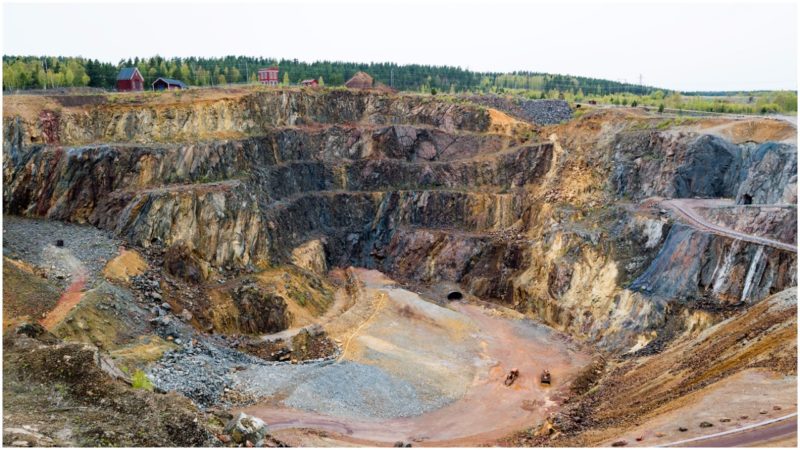It all began at the birth of the 10th century. A time when Rollo and his Vikings became Christians, the game of playing cards was invented, when the Europeans began using Arabic numerals, when Erik the Red discovered Greenland, and when Falun Mine was opened.
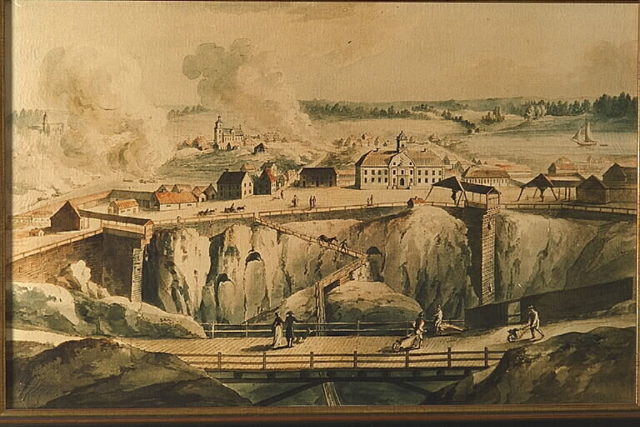
Over the course of a millennium, this mine will produce two-thirds of the copper in Europe. Given its long operational cycle, this mine supported the wars of Sweden during the 17th century. But having such early beginnings means that written documents about the exact date of the mine’s foundation are scarce. All that is known is that it occurred sometime in the 10th century.
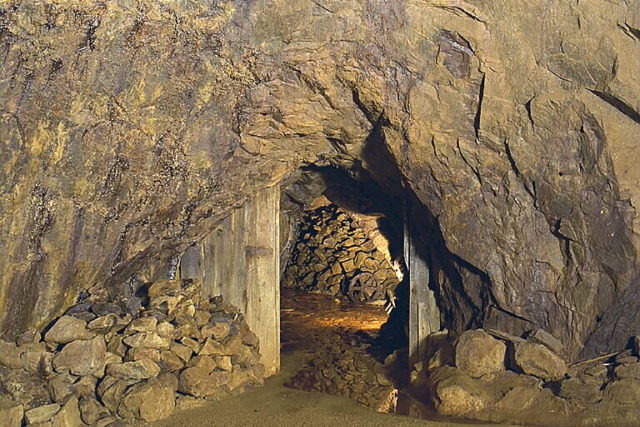
Archaeological and geological studies reveal that there were no mining activities before the year 850. But there is further historical evidence that the mine was definitely active by 1080. So the opening of the mine must have happened within this time frame. Archaeologists claim that the figurines and objects they have found are made from the same copper that this mine produced.
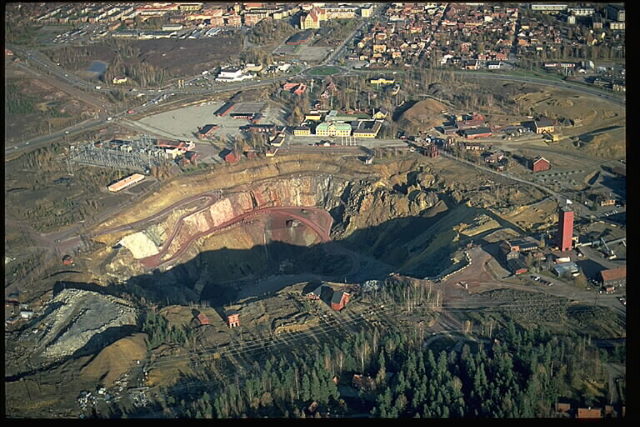
Whenever it all started, the beginnings were small. Local villagers gathered the ore, smelted it, and used it for whatever they saw fit. The mine grew steadily over time, and sometime during the reign of Magnus III (1275-1290), operations at the mine took a more serious approach towards extracting and smelting the ore.
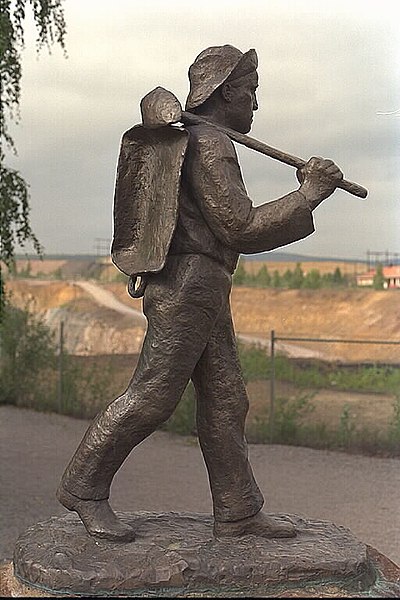
The nobles as well as the merchants from that time took the copper ore, sold it across Europe, and then invested it back into the mine, thus improving the methods as well as the techniques used. The first document written about the mine was produced two years before the end of the reign of Magnus III. This document states that Bishop of Västerås would receive a 12.5% interest in the mine as a form of payment for the estate he owned.
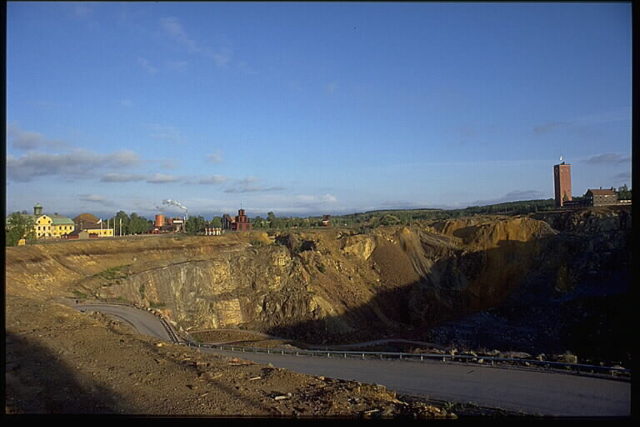
Around the 14th century, Falun Mine became an important part of Sweden’s economy and was responsible for the majority of Sweden’s revenue. After the reign of Magnus III came Magnus IV. He personally visited the mine and issued a charter to ensure the financial support of the monarchy.
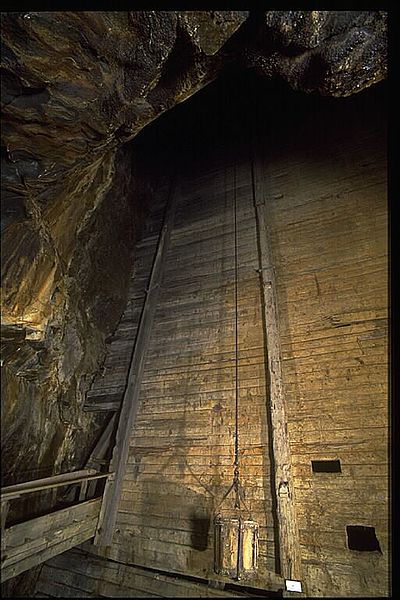
The main mining method used here was fire-setting. Namely, this is a traditional method of mining where a fire is set to heat the rock, after which follows a period of cooling. Once the rock is cooled, it becomes frail and weak which allows the miners to use their tools to greater effect.
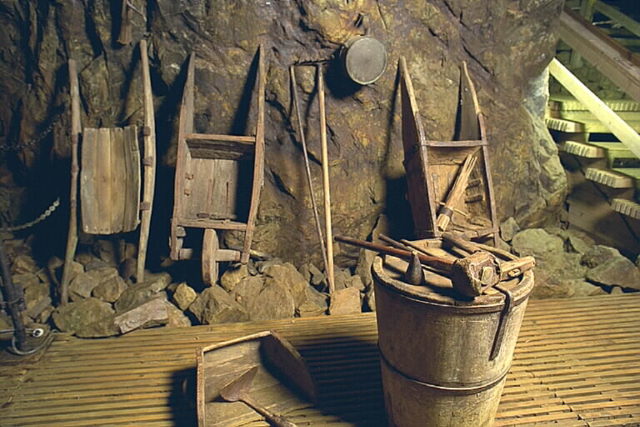
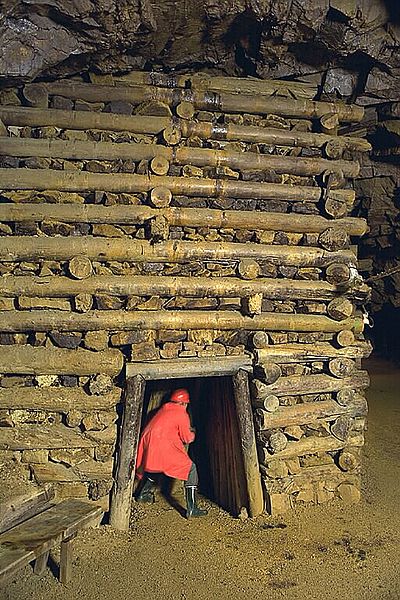
Once the ore was released from the rock it was brought to the surface where additional heat was applied using an open-type hearth to remove any remaining traces of sulfur in the ore, releasing dark smoke into the air. These fumes became a symbol of Falun Mine and the surrounding area over time. After leaving the hearth smelting followed, after which the copper product could be witnessed.
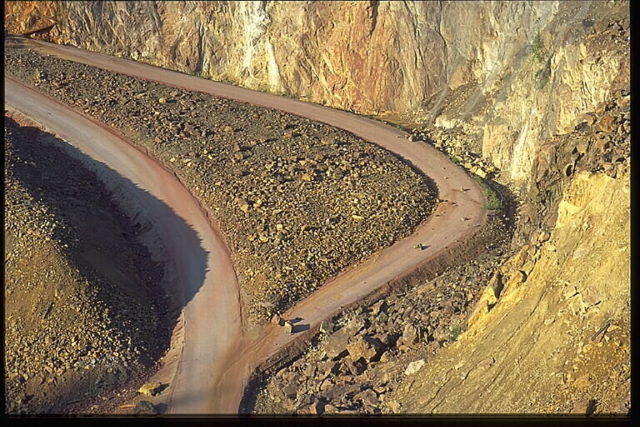
It was then shipped to a refinery for further processing. And this is how copper was extracted at this mine for a long time, up to the 19th century. Falun Mine was officially born following the charter of 1347 in which the miners owned a portion of shares in the mine, an advanced move given the fact that joint-stock companies are a relatively modern business entity.
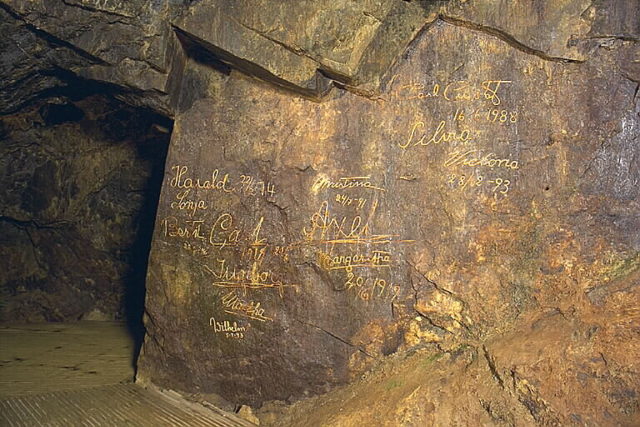
The mine had its peak in production during the 17th century, a period when the Baltic region of Sweden was under constant territorial control and when funds were desperately needed. And so this mine managed to produce around 3,000 tons of copper in 1650.
During the 18th century, the production of copper began to decline. It was even worst during the 19th century, when a small amount of gold was found at this mine, a total of five tons.
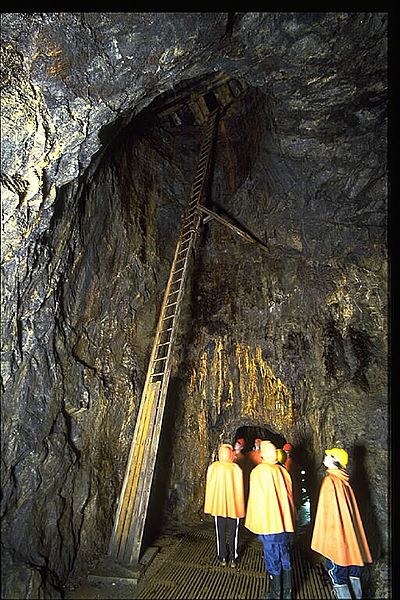
Once into the 20th century, there was little economic justification for the mine to continue its operations. And so in 1992, the mine was closed after one millennium of copper production. Nowadays, it is a UNESCO World Heritage site as well as a tourist attraction, drawing as many as 100,000 visitors every year.
